Order Saurischia SEELEY 1888 1
Suborder Theropoda MARSH 1881 6
Infraorder Coelurosauria HUENE 1914 7
Family Procompsognathidae HUENE 1929 9
Family Podokesauridae HUENE 1914 10
Family Segisauridae CAMP 1936 12
Family Coeluridae MARSH 1881 13
Family Ornithomimidae MARSH 1890 17
Infraorder Carnosauria HUENE 1920 20
Family Ornithosuchidae HUENE 1908-1914 24
Family Poposauridae NOPCSA 1923 27
Family Megalosauridae HUXLEY 1869 27
Family Spinosauridae STROMER 1915 38
Family Tyrannosauridae OSBORN 1906 38
Suborder Sauropodomorpha HUENE 1932 46
Infraorder Prosauropoda HUENE 1920 46
Family Anchisauridae MARSH 1885 47
Family Plateosauridae MARSH 1895 53
Family Melanorosauridae HUENE 1929 56
Infraorder Sauropoda MARSH 1878 (suborder) 59
Family Camarasauridae COPE 1877 63
Subfamily Cetiosaurinae JANENSCH 1929 63
Subfamily Brachiosaurinae JANENSCH 1929 66
Subfamily Euhelopodinae ROMER 1956 70
Subfamily Camarasaurinae NOPCSA 1928 72
Family Atlantosauridae MARSH 1877 73
Subfamily Titanosaurinae NOPCSA 1928, non ROMER 74
Subfamily Atlantosaurinae nov. 78
Subfamily Diplodocinae JANENSCH 1929 80
Subfamily Dicraeosaurinae JANENSCH 1929 81
Bibliography 83
Index 84
HPH 14 • Saurischia
1970. [Englisch] – V, 87 S., 23 Abbildungen.
25,5 x 20,5 cm, Paperback.
Reihe: Handbook of Paleoherpetology
44,99 € Ursprünglicher Preis war: 44,99 €35,00 €Aktueller Preis ist: 35,00 €.
zzgl. Versandkosten / Versandkostenfrei in D
Order Saurischia SEELEY 18881
(Dinosauria OWEN 1842 [in part), Pachypodes MEYER 1845 [in part], Ornithoscelida HUXLEY 1869 [in part),
Deinosauria WATSON 1957 [in part])
Archosaurian reptiles characterised by the possession of a tri-radiate pelvic girdle.
Skull derivable from that of the more generalized pseudosuchians, but usually proportionately smaller, with a shorter face and a deeper and more abbreviate post-orbital region. Premaxilla little expanded posterolaterally, maxilla of large size and forming part of the external narial margin. A well developed antorbital vacuity is present, and additional accessory openings are of frequent occurrence. Both the postfrontal and the postparietal are absent, and the parietals frequently fuse. The supratemporal and infratemporal fenestrae are well developed, whilst the otic notch is widely open and markedly overhung by the squamosal. Choanae situated in a comparatively anterior position, the premaxillae entering their margins and articulating with the vomers. Pterygoids with well developed flanges and extensive palatal rami, the two elements meeting medially but never co-ossifying; a distinct pterygoid vacuity persists. Quadratojugal sheathing most of the external surface of the quadrate and ascending to or towards the squamosal. Braincase (particularly in the basioccipital and basisphcnoid region) very short and deep, with prominent basal tubera and elongate basipterygoid processes. Lower jaw bearing a well developed retroarticular process but no coronoid process. Teeth usually of comparatively simple structure, from 3-5 elements generally being present in the premaxillary dentition, and about 15 in both the maxilla and dentary.
Presacral vertebrae numbering approximately 23-25. Trunk short, with only 10-1 5 dorsal elements, the transverse processes in this region being markedly elongate. The cervical ribs arc long and slender.
Coracoid subcircular in outline and containing a coracoid foramen. Carpus short, with poorly ossified carpals; digits V and IV of manus variably reduced.
Pelvis typically tri-radiate, with a persistently strong symphysis. Iliac blade tall and moderately expanded antero-posteriorly; the acetabulum is perforate, all three pelvic elements entering its margin. Pubis slender and elongate with an enlarged distal termination, ischium likewise slender but with a triangular, plate-like expansion proximally. Articular head of femur medially directed, with the formation of a neck and the development of a greater (and usually also a 'lesser') trochanter. Distal tarsals (where not cartilaginous) in the form of flat discs apposed to the metatarsals. Pes digitigradc, the fifth toe being diminutive or absent.
Middle Triassic-Upper Cretaceous.
…
Sie müssen angemeldet sein, um eine Rezension veröffentlichen zu können.
„*“ zeigt erforderliche Felder an
Ähnliche Produkte
-
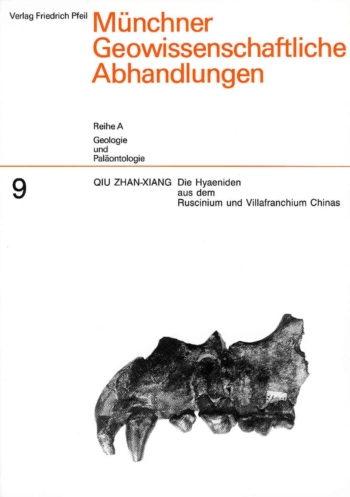
Die Hyaeniden aus dem Ruscinium und Villafranchium Chinas
30,00 €zzgl. Versandkosten / Versandkostenfrei in D
-
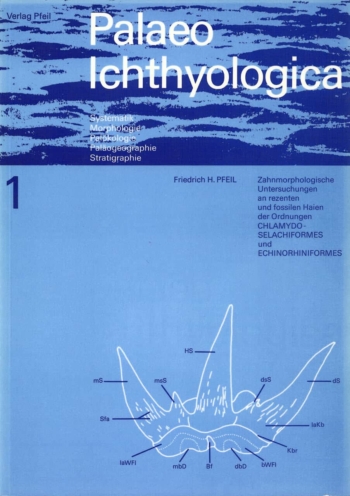
Zahnmorphologische Untersuchungen an rezenten und fossilen Haien
40,00 €zzgl. Versandkosten / Versandkostenfrei in D
Wir sind gerne für Sie da
Verlag Dr. Friedrich Pfeil
Hauptstraße 12B
5232 Bergkirchen OT Günding – Germany
Tel.: +49 8131 61 46 590
Fax: +49 8131 61 46 591
E-Mail: info@pfeil-verlag.de
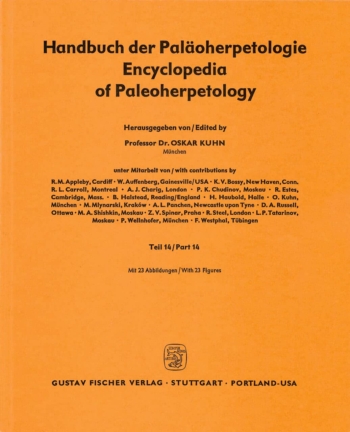
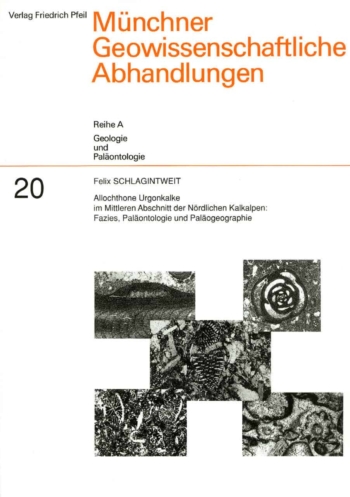
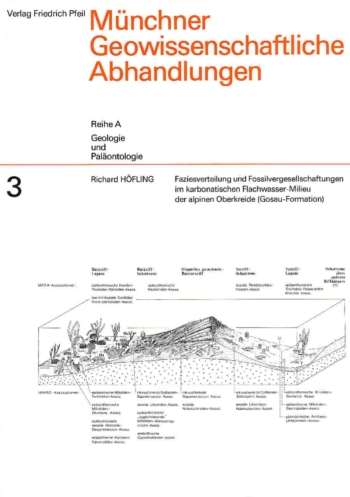
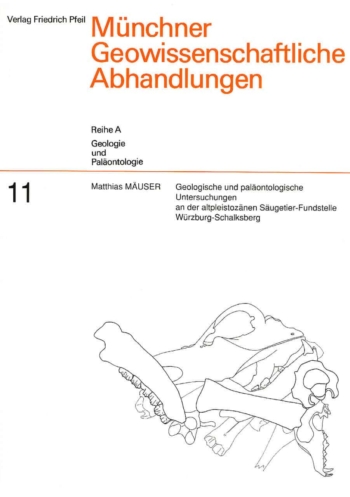
Rezensionen
Es gibt noch keine Rezensionen.